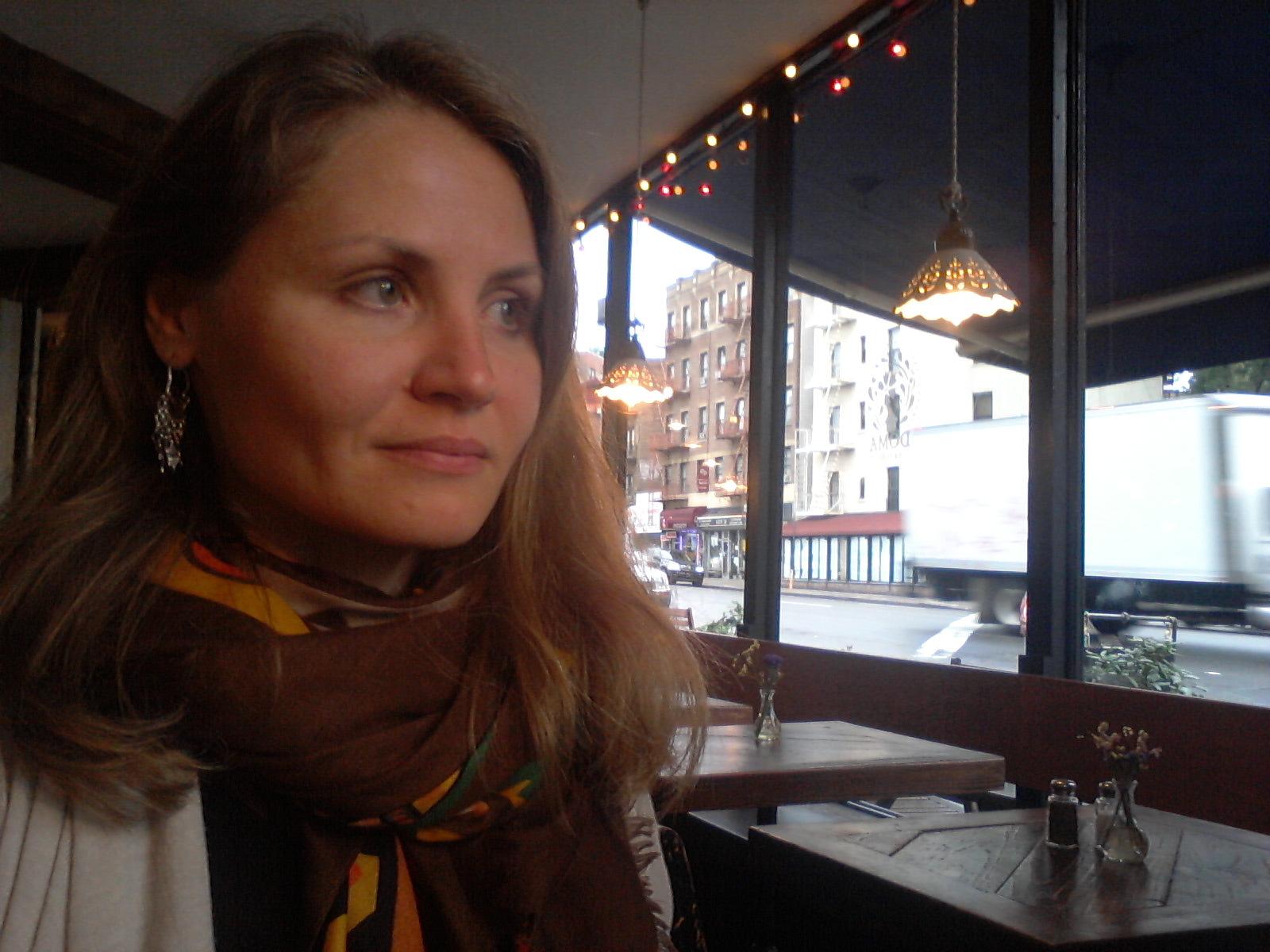When Kateryna Goncharova presented the University of Maryland’s Historic Preservation program’s Marvin Breckenridge Patterson Lecture at the Ukrainian embassy in 2012, she emphasized significant differences between the U.S. preservation industry and the system of preservation in her home country of Ukraine. The lecture was not Kateryna’s first trip stateside; her work for the Ukrainian State Research and Project Institute occasionally brought her to Washington, D.C. and other U.S cities, where she saw first-hand the impact that public engagement and “grass roots” preservation can have on rehabilitation of a site, the framework she wanted to introduce to her own country. So, when Kateryna decided to apply for a Fulbright Scholarship last fall to further her research in preservation efforts in Ukraine, Don Linebaugh was the first person she contacted.
“I was so intrigued by the program,” says Kateryna. “There is nothing like it in Ukraine. I knew the combination of the resources in the area and the program’s expertise afforded a wonderful opportunity.”
Sponsored by the University of Maryland’s Historic Preservation program, Kateryna is spending the academic year conducting research on public-private partnerships in historic preservation. Kateryna, a senior scientific researcher and head of the scientific research section of the Ukrainian State Institute for Preservation of Historic and Architectural Sites, has been working to build sustainable economic growth in small to mid-sized towns in Ukraine by using cultural resources. But with no public funds earmarked for preservation, no property taxes and no opportunity for public input, a sustainable future for historic buildings in Ukraine could not be guaranteed. Given these constraints, Kateryna recognizes the need to research and develop a new framework for preserving Ukraine’s history, assets and sense of place. “Right now, the system in place is very reactionary, rather than pre-emptive,” she explains. “There is little to no public input. By engaging the public, by understanding what is important to them and how they define their culture, we can take steps to change our current system.”
Kateryna’s research is taking her to a number of national and regional historic treasures, including Monticello and Montpelier in Virginia; the Eastern Penitentiary in Philadelphia; the Blackstone and the Shenandoah Valley Heritage Areas; as well the Main Street success stories of Frederick, Maryland, and Barracks Row in Washington D.C. Additionally, Kateryna is receiving assistance from some of the country’s foremost experts in preserving the cultural and built fabric of a community, working with the likes of the Main Street Program of the National Trust for Historic Preservation, the Heritage Area Program of the National Park Service and a variety of public organizations and institutions.
“This experience has been incredibly valuable,” says Kateryna. “Not only have I had the opportunity to study and see the vision of places like Monticello, I’ve been able to learn the technical side of how things are operated.”
Ultimately, Kataryna hopes the foundation she builds during her research will incentivize NGO’s to become involved in implementing a new, more holistic vision for Ukraine’s preservation efforts that involves participation and expertise of some of the best problem solvers and authorities in the world. “This is too valuable to be disseminated in traditional ways. I see the value of practice and global input in this effort.”
Kateryna will be presenting her preliminary research Tuesday, February 10, 2015 at 5 PM at the School of Architecture, Planning and Preservation and is looking for input from the University community to guide her future efforts. The event is open to all faculty and students, campus-wide. For more information, or to confirm your attendance, contact Ruth Davis-Rogers at rdrogers@umd.edu .

